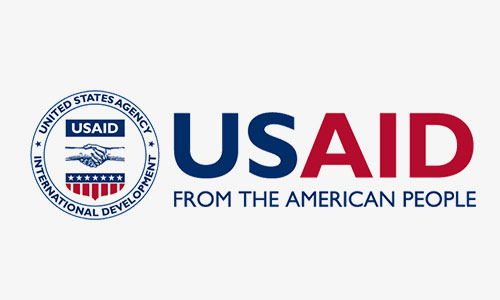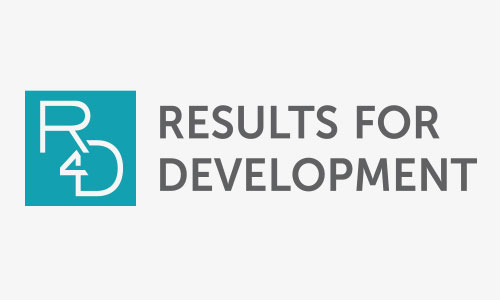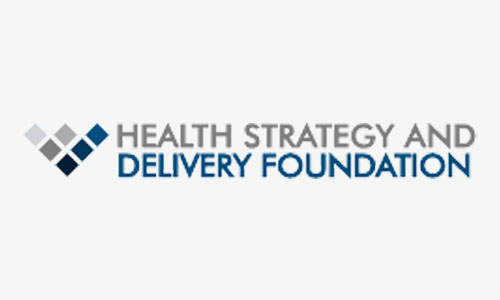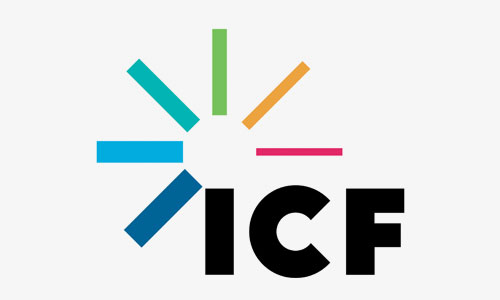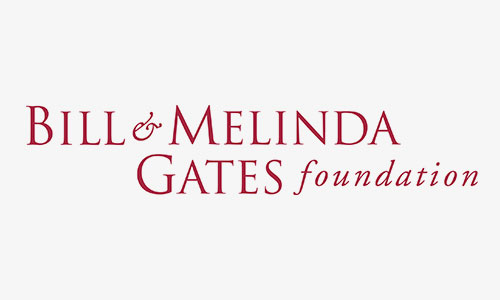Authors
- Reva Alperson, Senior Program Associate, Results for Development
- Dr. Fitsume Kibret, Senior Program Officer, Results for Development
- Daniela Gutierrez, Senior Program Officer, Results for Development
Rehabilitation is a core component of Universal Health Coverage (UHC) [i] that enables optimal functioning, improves quality of life, reduces disability, and maximizes the effectiveness of health interventions. The WHO Rehabilitation Needs Estimator[ii] shows that in Ethiopia, approximately 1 in 5 people (21 million) had health conditions that could benefit from rehabilitation, primarily musculoskeletal disorders and sensory impairments. This need will continue to grow as the population ages, non-communicable diseases surge, and conflict-induced injuries increase.[iii]
While rehabilitation is often overlooked in low- and middle-income countries (LMICs),[iv] Ethiopia has taken significant steps in recent years to prioritize rehabilitation within its health system. Policymakers included rehabilitation in the Health Sector Transformation Plan II as a key component of the continuum of care and the five-year National Rehabilitation and Assistive Technology Strategic Plan. With key strategies in place, the Ministry of Health (MOH) is on the path to integrate rehabilitation into the health systems agenda.
With funding from the U.S. Agency for International Development’s Patrick J. Leahy War Victims Fund, the MOH and the Health Systems Strengthening Accelerator (Accelerator) have partnered to implement these strategies and strengthen rehabilitation within Ethiopia’s health systems. While ongoing, this collaboration has produced promising developments that will create the foundation to improve access to needed services.
Strengthening governance and coordination for rehabilitation
Rehabilitation governance was recently transferred to the MOH from the Ministry of Women and Social Affairs (MOWSA). To promote the MOH’s efforts, the Accelerator supported the MOH in finalizing the five-year Strategic Plan and a strategic plan for the Ethiopian Prosthetic and Orthotic Service (EPOS), a newly reinstated comprehensive rehabilitation center. The Accelerator also supported the MOH to revitalize the Rehabilitation Technical Working Group (TWG) and conduct regular performance review meetings for representatives from the TWG, Regional Health Bureaus (RHBs), rehabilitation facilities, and civil society organizations to discuss challenges and share experiences in rehabilitation service delivery, and assess progress towards key goals in the Strategic Plan. These new platforms allow relevant stakeholders to make collective decisions to further Ethiopia’s progress.
Improving service data management and use for rehabilitation
Quality data is necessary for informed decision-making from the facility to the national level. Recognizing this, a strategic objective of the MOH’s Strategic Plan is to improve health information systems to more accurately measure rehabilitation needs and patient outcomes. To address this objective, the Accelerator collaborated with the MOH and the TWG to develop six new rehabilitation and assistive technology (AT) indicators and associated manual data collection tools, which are currently being piloted in three rehabilitation centers and two hospitals. The eventual goal is to integrate these indicators into the District Health Information System 2.0 (DHIS2), Ethiopia’s routine health data collection and reporting system. With new information reported on a regular basis, policymakers and facility managers will be better equipped to plan for the needs of the Ethiopian population.
Integrating rehabilitation into primary health care
As part of the Rehab 2030 initiative, WHO recommends that countries work to integrate rehabilitation at the community and primary health care (PHC) levels to expand access to services and bring them closer to those in need.[v] This is also a priority in Ethiopia, as stated in the MOH’s National Rehabilitation and Assistive Technology Strategic Plan and the second Health Sector Transformation Plan (HSTP-II), which outlines strategic initiatives for the entire health sector. In partnership with the MOH, the Accelerator supported a landscape analysis to understand how rehabilitation could be integrated into the community and PHC levels given the current state of rehabilitation services and governance at the national and regional levels. Findings from this landscape analysis will inform recommendations to the MOH and opportunities for further technical support.
Building capacity for resource management and mobilization
The Accelerator and the MOH facilitated a capacity-building training in August 2022 for policymakers and rehabilitation facility heads to better manage and mobilize resources for rehabilitation within the context of resource constraints. Participants identified the deeper root causes of their day-to-day challenges as lack of awareness of rehabilitation among policymakers, lack of AT equipment, and inadequate human resource capacity, all of which stem from underfunding and under-prioritization. Using the resource mobilization process, participants identified key stakeholders, mapped required resources, created action plans to address these root problems, and drafted targeted funding proposals to execute their plans. After the training, participants expressed interest in continued learning and expanding the training’s audience, as the training’s planning and advocacy skills are applicable in multiple scenarios.
While the MOH and Accelerator have made large strides in recent years to strengthen rehabilitation, the work is just beginning. Key to this partnership has been the MOH’s prioritization of rehabilitation within the health agenda and the Accelerator’s ongoing support. Continued multi-stakeholder collaboration in implementing Ethiopia’s national rehabilitation strategy has the potential to increase access to much needed rehabilitation services, reduce disability, and enhance the well-being of Ethiopians across the country
